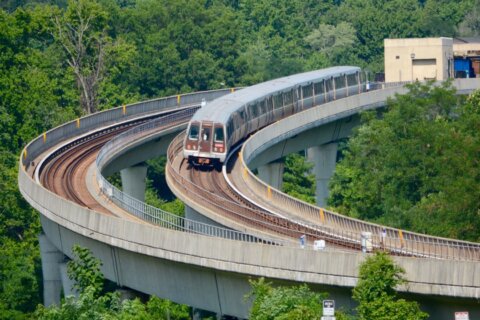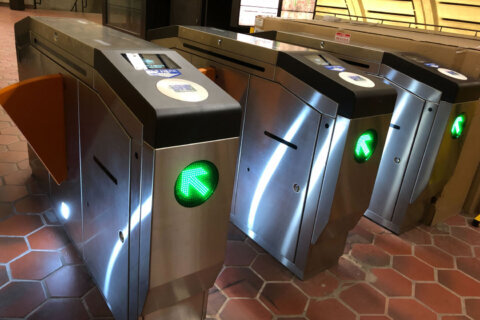WASHINGTON — A train operator itching for a break almost hit workers on the tracks and risked a head-on collision. That was just one of Metro’s red signal violations this month. But even after years of reviews, Metro leaders have found no simple solutions.
“Any red light signal overrun is of serious concern, so I’m concerned about these events,” Chief Safety Officer Patrick Lavin said. “These are one of my highest priorities to address.”
Overall, Metro has now had ten red signal violations this year. The Federal Transit Administration is investigating the issue.
For now, Lavin said Metro is providing additional training for operators to familiarize them with where signals are along their routes and to improve radio discipline so commands are properly understood and followed. Both of those changes were recommended by federal investigators.
“I want the riding public to know that WMATA treats these events extremely seriously,” Lavin said. Metro has tasked six employees with investigating accidents, including red signal overruns, Lavin said.
The new hires were authorized after Lavin described the lack of a holistic approach to investigations as a “gaping hole” at Metro.
Lavin said he has chosen a team leader for the investigation group, but did not share the person’s name since the hiring is not yet official.
“I don’t think we’re truly harvesting all the information from those investigations to where it can bleed into other areas, so I don’t believe that we’re doing near-miss investigation to the level that it should be — and I recognize that,” he said.
“I’m hoping that once I have that dedicated accident investigation team these are exactly the things that we can surface and address,” he added.
A consultant report issued in draft form in 2015 that was never formally adopted emphasized the role of mental lapses and human error in red signal overruns and recommended a series of solutions.
One suggestion, which Metro has implemented in about 85 percent of its cabs, is a sticker reminding operators of the basic requirements before they move a train.
“I think once you have a sticker initially it adds value,” Lavin said. “After a while it becomes wallpaper.”
He said he believes some type of signal-based or car-based system is the solution — either requiring the train operator to manually override the system to move the train when automated commands indicate it should be stopped, or automatically stopping trains that pass red signals.
“That, to me, is the best solution to this problem,” Lavin said. “However, until we get there, there are other things we can do like training, efficiency testing, performance monitoring.”
Automatic train operation, which Metro used until the deadly Fort Totten crash in 2009, would prevent some of the red signal violations, but Metro General Manager Paul Wiedefeld could not say when more trains would return to using the system.
“It’s pretty obvious that we’re not moving quickly enough,” District Department of Transportation Director and Metro Board member Leif Dormsjo said of Metro’s efforts to put in place new safety measures.
“There historically hasn’t been much of an effort to understand the root causes or the systemic issues that may be going on with the culture, with the management protocols, with training,” he said.






